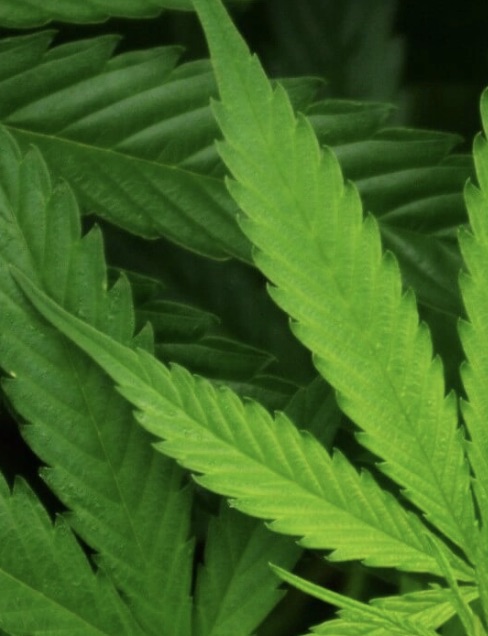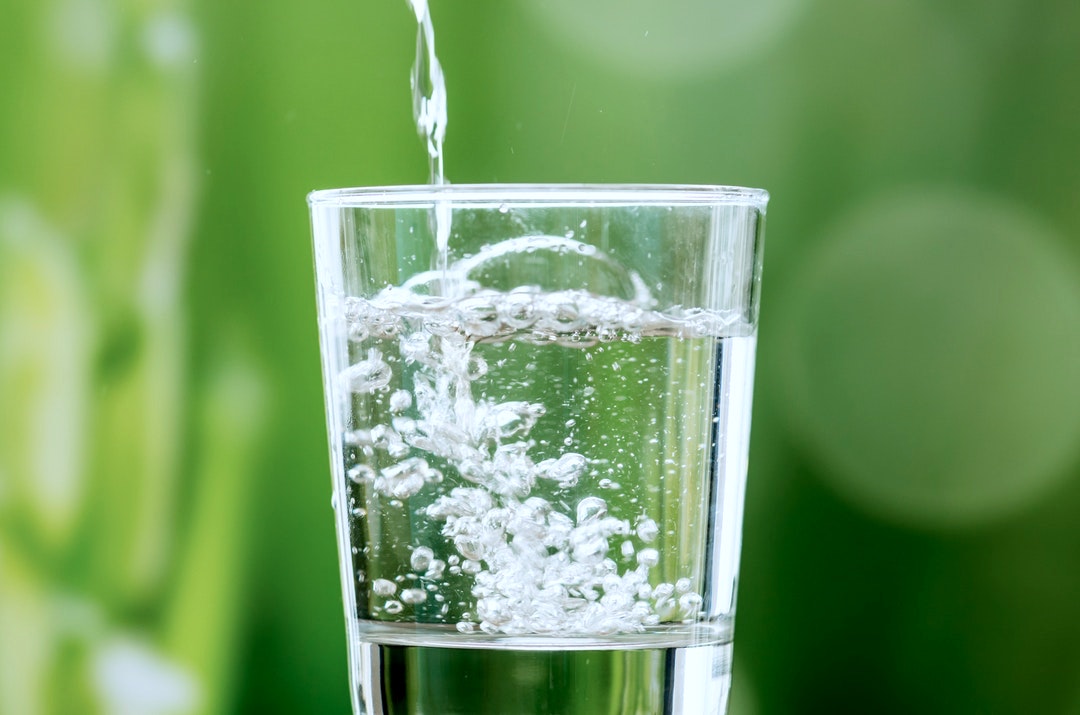There could be a number of reasons your body experiences aches and pains. Even something as simple as not getting the proper sleep or overworking yourself could potentially lead to an increase in the levels of pain and discomfort you feel.
But what about the pain that you can feel coming on that hasn’t quite set in? The kind of pain that isn’t 100 percent unbearable as of yet, but when it does fully set in – it will likely affect your overall mood and entire day.
There are small tasks you can perform on a daily basis that assist in reducing your overall risk of pain. The best part is, you don’t have to pump yourself with painkillers and other medications to feel like your best self.
We’ve curated a list of six natural ways to reduce your chances of feeling unnecessary aches and pains.
Get the Proper Amount of Rest

Falling asleep can be difficult, and often times can become even harder simply because of distractions from the outside world. There is also the possibility that you not sleeping properly because of your smartphone use before bed.
If you find yourself unable to sleep, there are always natural remedies and exercises that can help.
You can start with deep breathing techniques to calm your busy mind. Choose a quiet place to sit and relax. Then simply, fill your belly with air slowly. Hold it for a second and then release your breath. You will be surprised how a few repetitions of this natural technique, commonly used by performers and yogis alike, eases the mind.
Additionally, you can speak to your doctor about natural supplements and therapies that may help if the problem persists.
Be Sure to Stretch

Experts recommend that you stretch at least two times per week for sixty seconds (to be honest we think that most people should stretch much more them twice a week). In doing so, you can decrease your stress level, as well as:
- Reduce the pain felt in your joints.
- Become more agile.
- Improve circulation.
- Get better posture.
Try Meditation
Meditation is an ancient practice that connects the mind and body in a way that increases elements like physical relaxation, calmness, and your overall well-being. Scientists have found several correlations between the mitigation of pain and mindfulness meditation.
While mindfulness may have its roots in spiritual traditions like Buddhism, Yoga, and Kabbalah; you don’t have to be on the yogi track to make it work for you. Mindfulness is simply a practice to help ground you and bring you back to the present moment and your core self. Some people focus on a candle flame to empty their thoughts for the day, others chant a mantra or poem, and others count their breath as they inhale and exhale. Choose the method that works best for you.
Dance or Exercise
Medical researchers and psychologists alike have been addressing the negative psychosocial effects of pain since the 1980s. According to the American Psychological Association, clinicians must look at the “person with pain” rather than merely the pain itself. Fast forward thirty-plus years and a whole gamut of holistic clinicians are on board to help people tackle pain through the psyche. Somatic (body-focused) therapists, creative arts therapists, cognitive-behavioral therapists, and other holistic practitioners have joined conventional doctors and psychologists in their quest to offer psychological solutions for pain relief.
Psychology Today highlights studies that reveal how physical pain and emotional pain activate the same region in the brain: the anterior insula and the anterior cingulate cortex. In order to process emotional pain, we need to feel it in the body. The good news is that you can also release some of your pain by moving your body.
So crank up the music and wiggle your body.
Get Your Dose of Vitamin D
There’s a good reason why vitamin D is called “the sunshine vitamin.” When you soak up some extra sun, you boost your vitamin D intake.
Vitamin D has been proved to help people:
- Feel less lethargic.
- Feel less musculoskeletal pain.
- Experience less frequent headaches.
That being said, although moderate sunshine can improve your health, too much sun can cause skin issues.
Consult with your physician to understand how much time you should spend in the sun. That being said, although moderate sunshine can improve your health, too much sun can cause skin issues. Don’t forget to protect yourself from the sun’s ultraviolet radiation.
If you have a family history of skin cancer or other sun-related concerns, you should consult with your physician before including the sun as part of your pain management plan.
Drink Plenty of Water
Drinking water is essential to living life comfortably. After all, water makes up about 60% of the adult human body. Experts recommend that drinking roughly two liters of water each day – or eight glasses. In doing so, you will improve the health of your joints and flush out toxins from your body that can contribute to muscle soreness.
Final Thoughts About Pain in Our Daily Lives
The beautiful thing about pain management is that there are countless natural remedies available to help mitigate pain. It’s merely a matter of taking small preventative actions to avoid letting the pain take over your life.
If you feel the onset of pain, it is best to start by hydrating yourself properly, practice mindfulness, make sure you take time to get your blood circulating, and find ways to distract yourself from pain so you can focus on enjoying life.
And if pain strikes, you can always try a CBDMEDIC™ product to ease the pain.
Disclaimer: This information is for educational purposes only. It has not been approved by the FDA to diagnose, treat, prevent, cure, or mitigate any diseases or conditions. We use CBD in our products for cosmetic purposes only.

